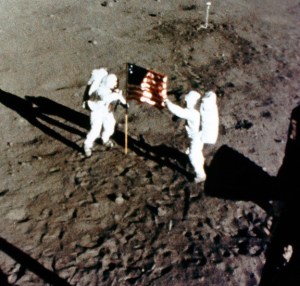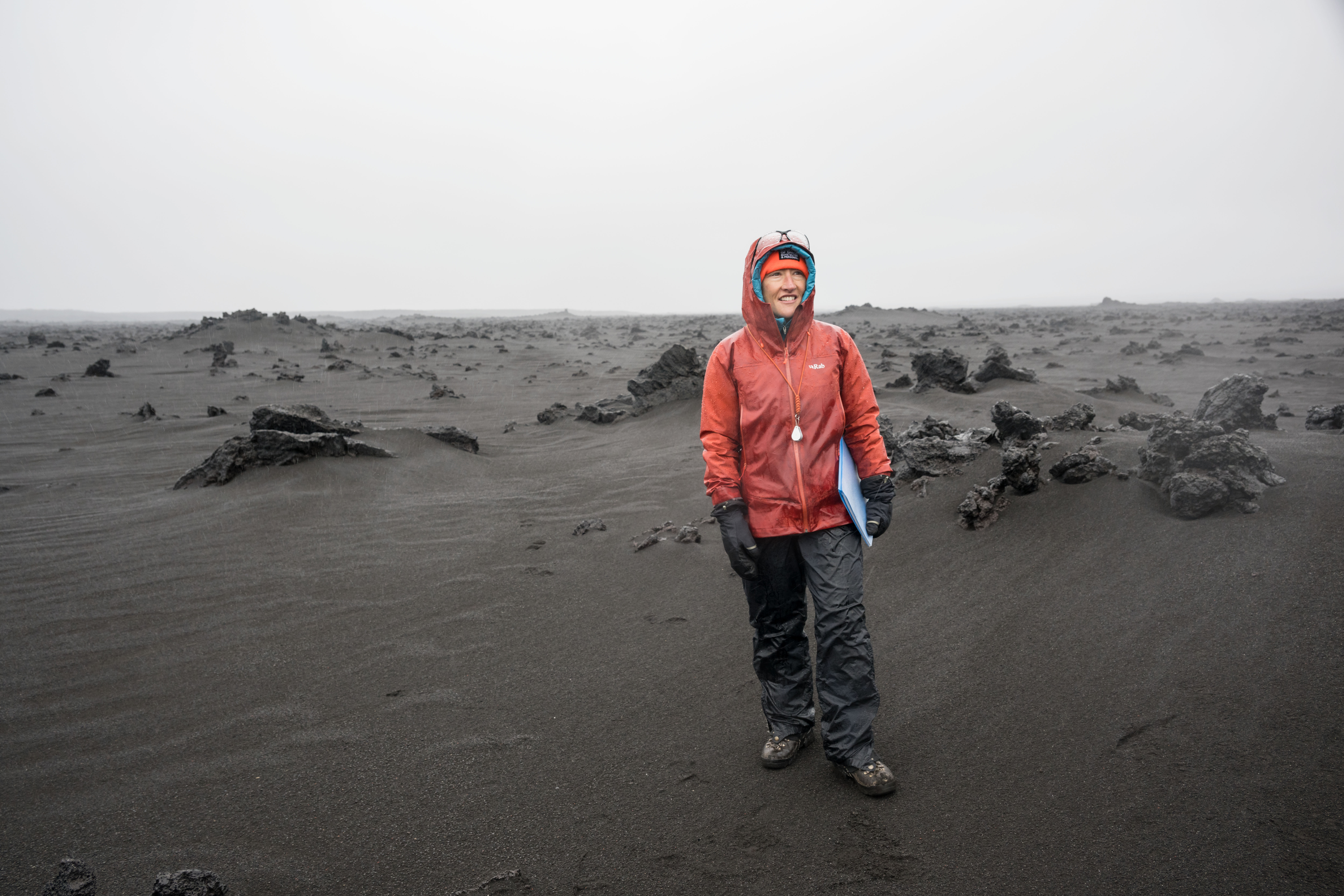Before Apollo astronauts set foot upon the Moon, much remained unknown about the lunar surface. While most scientists believed the Moon had a solid surface that would support astronauts and their landing craft, a few believed a deep layer of dust covered it that would swallow any visitors. Until 1964, no closeup photographs of the lunar surface existed, only those obtained by Earth-based telescopes.
NASA's Jet Propulsion Laboratory in Pasadena, California, managed the Ranger program, a series of spacecraft designed to return closeup images before impacting on the Moon's surface. Ranger 7 first accomplished that goal in July 1964. On Feb. 17, 1965, its successor Ranger 8 launched toward the Moon, and three days later returned images of the Moon. The mission's success helped the country meet President John F. Kennedy's goal of a human Moon landing before the end of the decade.
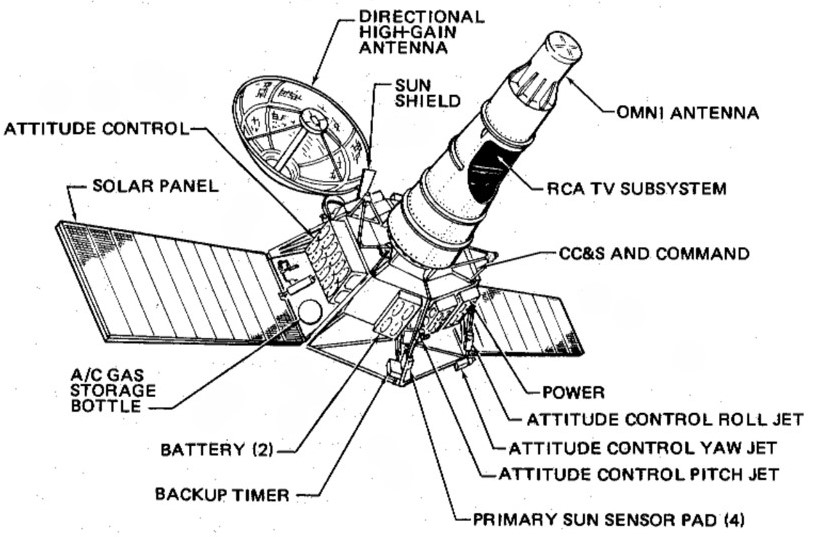
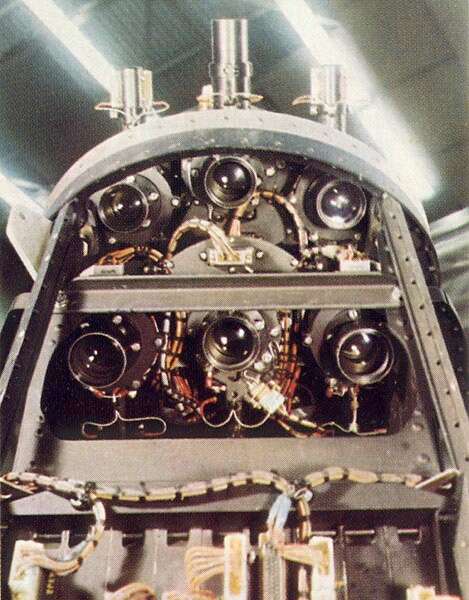
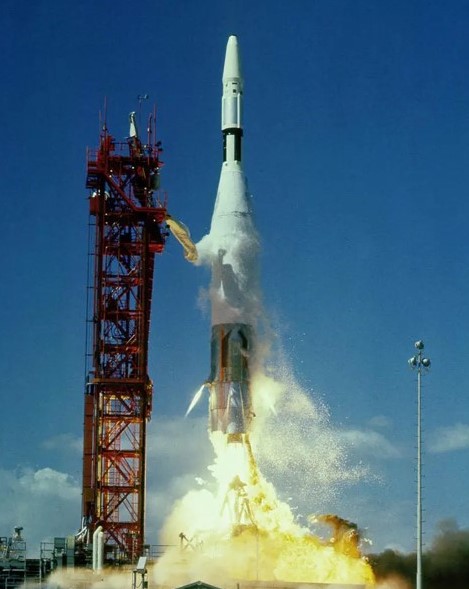
Ranger 8 lifted off from Cape Kennedy, now Cape Canaveral, Florida, on Feb. 17, 1965. The Atlas-Agena rocket first placed the spacecraft into Earth orbit before sending it on a lunar trajectory. The next day, the spacecraft carried out a mid-course correction, and on Feb. 20, Ranger 8 reached the Moon. The spacecraft's six cameras turned on as planned, about eight minutes earlier than its predecessor to obtain images comparable in resolution to ground-based photographs for calibration purposes. Ranger 8 took its first photograph at an altitude of 1,560 miles, and during its final 23 minutes of flight, the spacecraft sent back 7,137 images of the lunar surface. The last image, taken at an altitude of 1,600 feet and 0.28 seconds before Ranger 8 impacted at 1.67 miles per second, had a resolution of about five feet. The spacecraft impacted 16 miles from its intended target in the Sea of Tranquility, ending a flight of 248,900 miles. Scientists had an interest in this area of the Moon as a possible landing zone for a future human landing, and indeed Apollo 11 landed 44 miles southeast of the Ranger 8 impact site in July 1969.
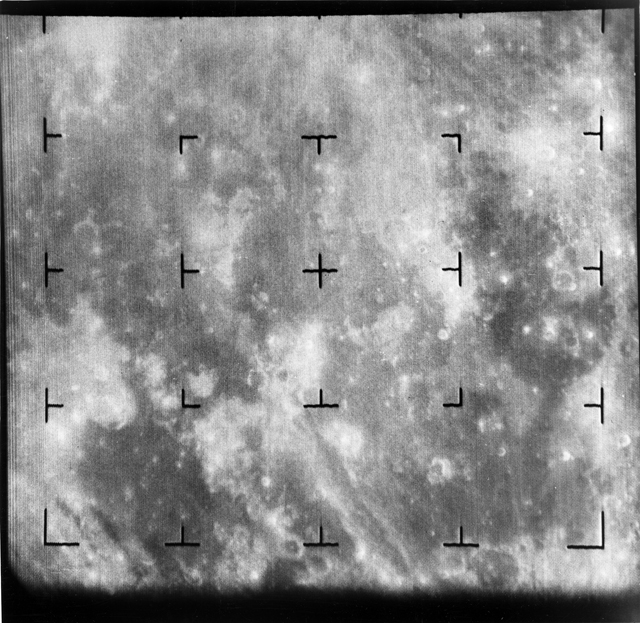
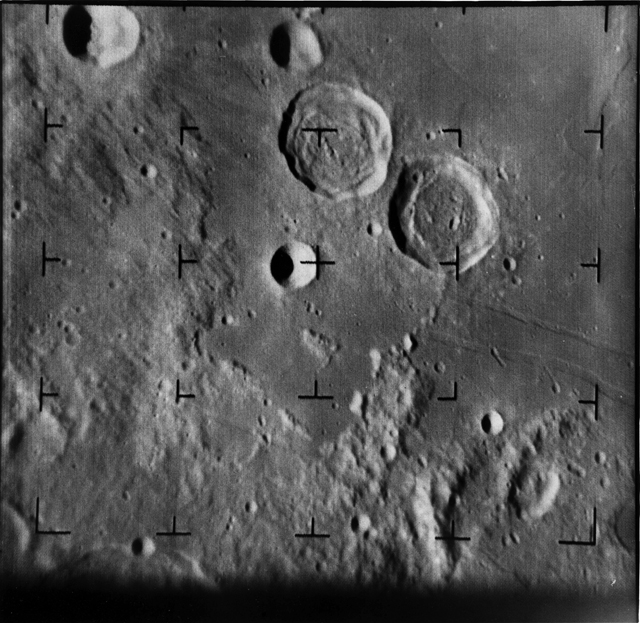

One more Ranger mission followed, Ranger 9, in March 1965. Television networks broadcast Ranger 9's images of the Alphonsus crater and the surrounding area "live" as the spacecraft approached its impact site in the crater - letting millions of Americans see the Moon up-close as it happened. Based on the photographs returned by the last three Rangers, scientists felt confident to move on to the next phase of robotic lunar exploration, the Surveyor series of soft landers. The Ranger photographs provided confidence that the lunar surface could support a soft-landing and that the Sea of Tranquility presented a good site for the first human landing. A little more than four years after the final Ranger images, Apollo 11 landed the first humans on the Moon.
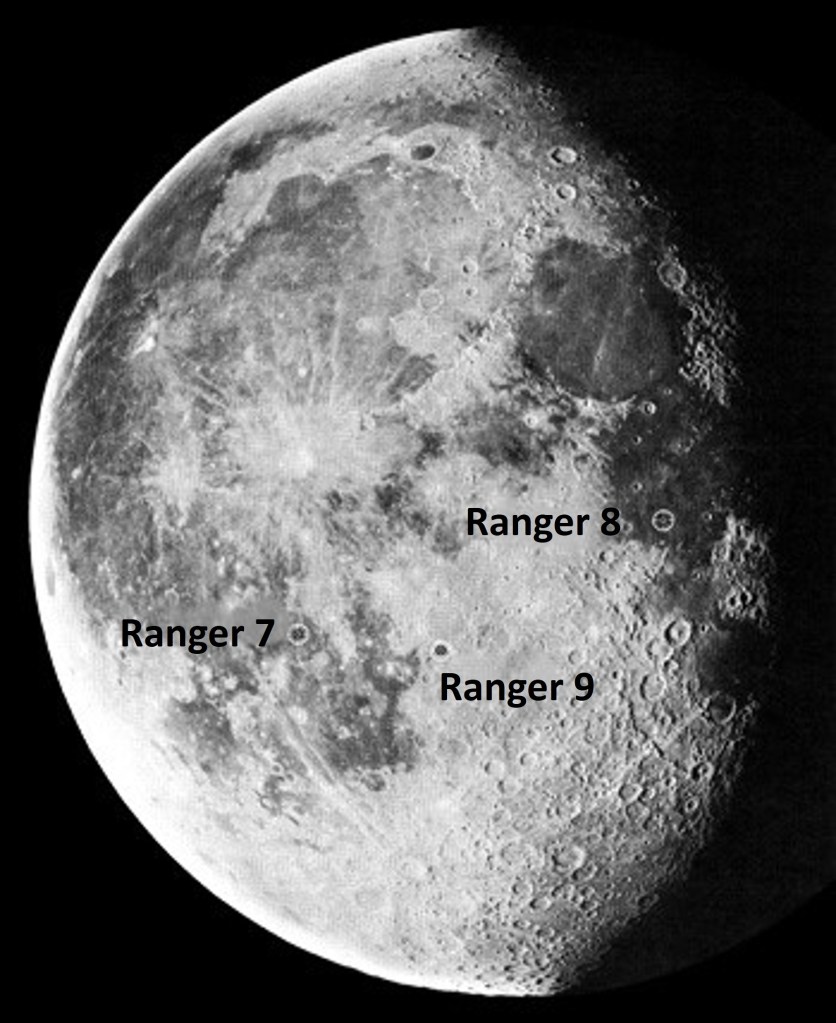
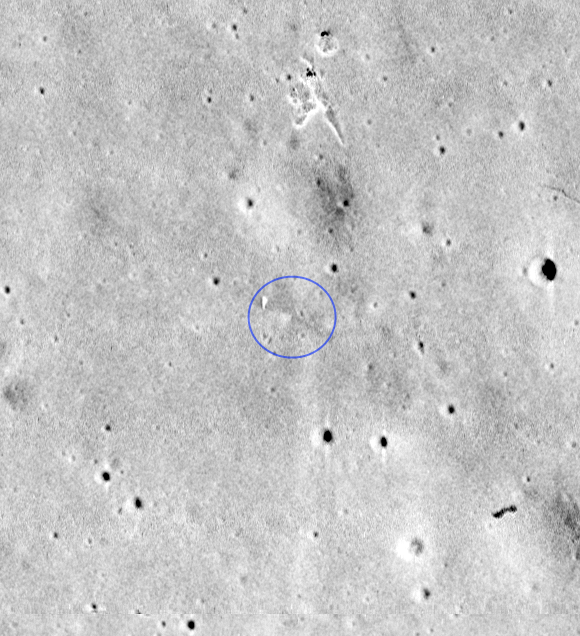
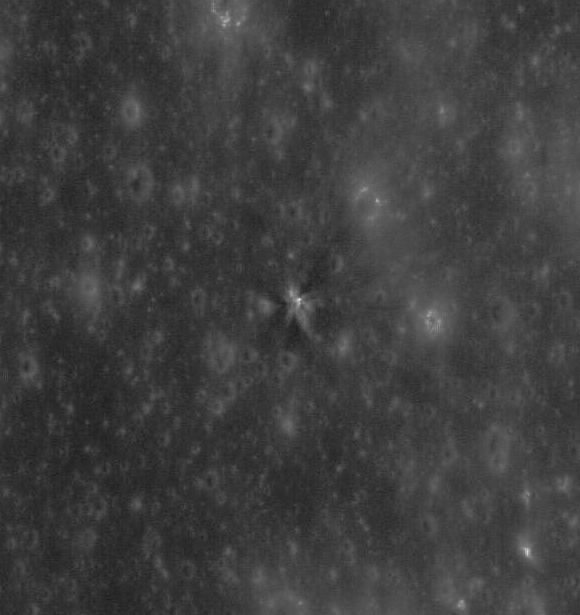
The impacts of the Ranger probes left visible craters on the lunar surface, later photographed by orbiting spacecraft. Lunar Orbiter 2 and Apollo 16 both imaged the Ranger 8 impact site at relatively low resolution in 1966 and 1972, respectively. The Lunar Reconnaissance Orbiter imaged the crash site in greater detail in 2012.
Watch a brief video about the Ranger 8 impact on the Moon.


